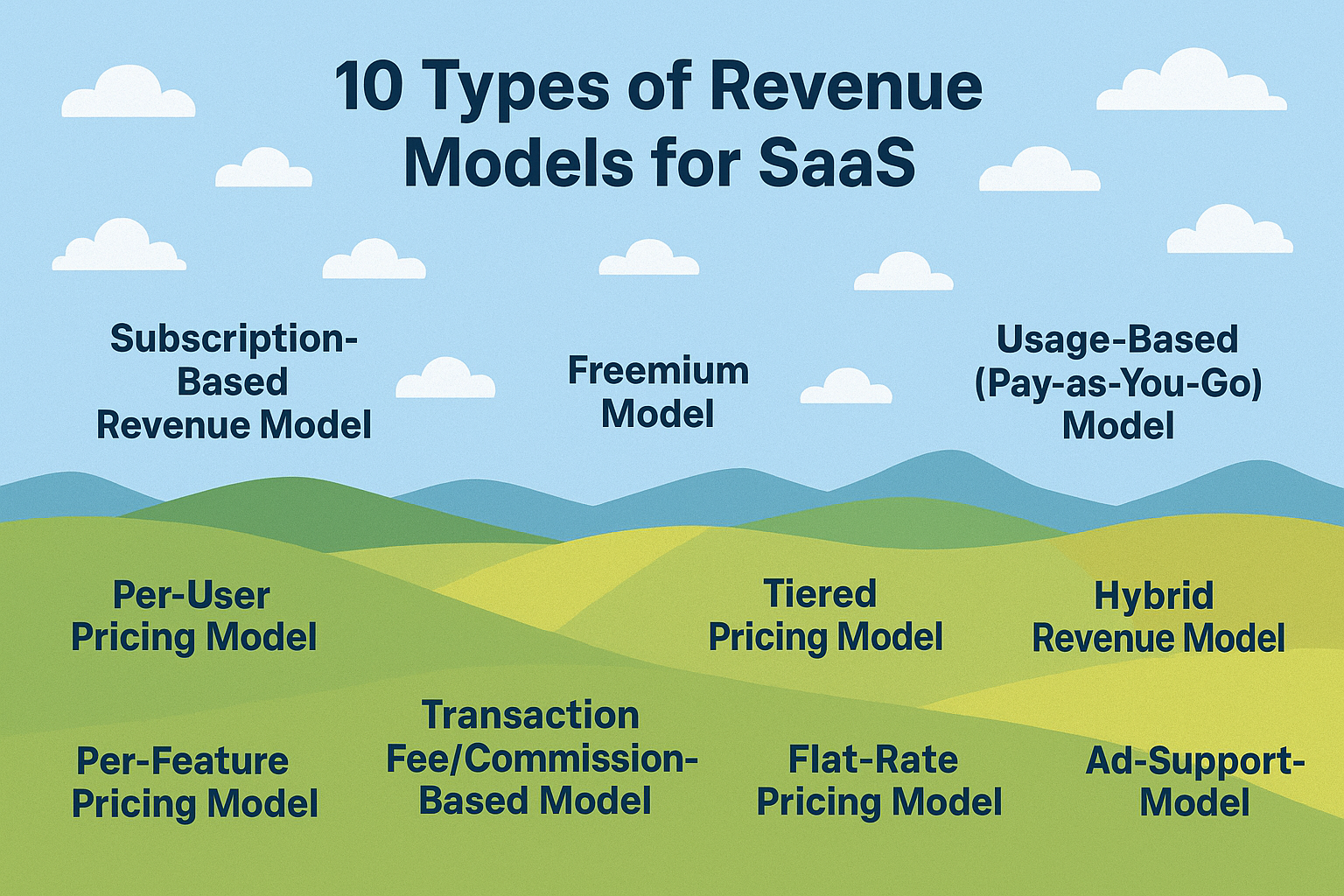
The success of any SaaS business isn’t just about having a great product it’s also about choosing the right way to make money. A revenue model defines how you charge customers, and the right choice can determine whether your SaaS scales profitably or struggles to survive. While some models focus on simplicity, others emphasize flexibility or mass adoption.
Let’s explore the 10 most popular SaaS revenue models, with real-world examples and the benefits each brings.
1) Subscription-Based Revenue Model
At the heart of SaaS is the subscription model. Customers pay a fixed recurring fee monthly, quarterly, or annually to use the software. This predictable revenue stream is one of the main reasons SaaS companies are so attractive to investors.
Examples:
Netflix (monthly streaming plans)
Shopify (tiered monthly subscriptions for online stores)
Slack (monthly or annual recurring fees)
Benefits:
Predictable, recurring revenue stream
Easier financial forecasting and investor appeal
Customers enjoy consistent, ongoing service without large upfront costs
2) Freemium Model
The freemium model gives users a taste of the product for free, with the option to upgrade to premium features. This approach lowers the entry barrier and is ideal for building a massive user base quickly.
Examples:
Spotify (free music streaming with ads, premium removes ads)
Zoom (free meetings with time/user limits, upgrades unlock more)
Dropbox (free storage with upgrades for more space and features)
Benefits:
Attracts a large user base quickly
Builds trust before asking users to pay
Provides upsell opportunities once users experience value
3) Usage-Based (Pay-as-You-Go) Model
Instead of paying a flat fee, customers are billed based on their actual usage. This model works particularly well for cloud platforms, APIs, and services where usage can vary significantly.
Examples:
AWS (charges per GB of storage/compute used)
Twilio (charges per SMS or call minute)
Google Cloud (pay only for consumed resources)
Benefits:
Highly flexible for customers
Great for startups or businesses with fluctuating usage
Encourages adoption by lowering entry costs
4) Tiered Pricing Model
With tiered pricing, SaaS providers create multiple packages that cater to different customer segments small businesses, mid-market, and enterprises. Each tier typically offers a combination of features, usage limits, and support levels.
Examples:
HubSpot (Starter, Professional, Enterprise plans)
Mailchimp (free, standard, and premium tiers)
Adobe Creative Cloud (multiple packages for individuals, teams, enterprises)
Benefits:
Matches different budgets and needs
Easier upselling as customers grow
Offers choice without overwhelming users
5) Per-User Pricing Model
In this model, pricing is tied directly to the number of users or "seats" on the platform. It’s straightforward, transparent, and scales as the customer’s team expands.
Examples:
Microsoft Teams (charges per licensed user)
Slack (per-user billing for active members)
Asana (per-seat pricing for team collaboration)
Benefits:
Simple and transparent for customers
Naturally scales with team growth
Easy for SaaS businesses to forecast revenue per account
6) Per-Feature Pricing Model
Here, customers pay based on the features or modules they want to unlock. It’s almost like building your own package, ensuring you only pay for what you truly need.
Examples:
QuickBooks (add-ons for payroll, payments, advanced reporting)
Zendesk (charges for extra features like advanced analytics or automation)
Atlassian (different feature sets across packages)
Benefits:
Customers only pay for what they use
Encourages upselling when users realize they need more features
Gives flexibility and customization options
7) Transaction Fee/Commission-Based Model
Instead of charging upfront, SaaS platforms take a percentage of each transaction processed through their system. This is common in marketplaces and fintech SaaS products.
Examples:
PayPal (charges per payment transaction)
Stripe (takes a percentage per payment processed)
Airbnb (commissions on every booking)
Benefits:
Low upfront cost for customers
Revenue grows as customer revenue grows
Works well for marketplaces and financial platforms
8) Flat-Rate Pricing Model
Sometimes simplicity wins. With a flat-rate model, customers pay one price for unlimited access to all features. There are no tiers, no per-user costs, just a single price.
Examples:
Basecamp (flat monthly fee for unlimited users/projects)
Buffer (flat fee for social media scheduling)
Benefits:
Extremely easy for customers to understand
No hidden costs or complicated billing
Encourages adoption from small and mid-sized businesses
9) Hybrid Revenue Model
A hybrid model combines two or more revenue models to maximize flexibility and revenue potential. For instance, a SaaS might charge a subscription fee but also bill extra for usage or premium features.
Examples:
Salesforce (base subscription + paid add-ons for premium modules)
Zoom (freemium entry + subscription tiers for scaling)
Canva (free version, Pro subscription, and team pricing combined)
Benefits:
Offers maximum flexibility
Adapts to different customer segments
Allows experimentation to find the most profitable mix
10) Ad-Supported Model
In this model, the SaaS product is free for users, and revenue comes from third-party advertisers. It’s a great option for apps that can attract a large user base but may struggle to convert many into paying subscribers.
Examples:
YouTube (free access with ads, premium for ad-free experience)
Spotify (ads in the free version, subscriptions remove them)
Many free mobile apps using banner or video ads
Benefits:
Attracts a massive audience quickly
Provides revenue even from non-paying users
Works best for apps with high daily engagement
Conclusion
Choosing the right revenue model for your SaaS is just as important as building the product itself. The best choice depends on your target audience, product type, growth strategy, and even how you plan to balance your SaaS development cost with long-term profitability.
Subscription models provide stability, freemium builds trust, usage-based offers flexibility, and hybrid approaches give you the best of both worlds. The key is to understand your customers deeply and align your pricing with the value they perceive. Ultimately, the right revenue model isn’t static—it may evolve as your SaaS grows and the market shifts

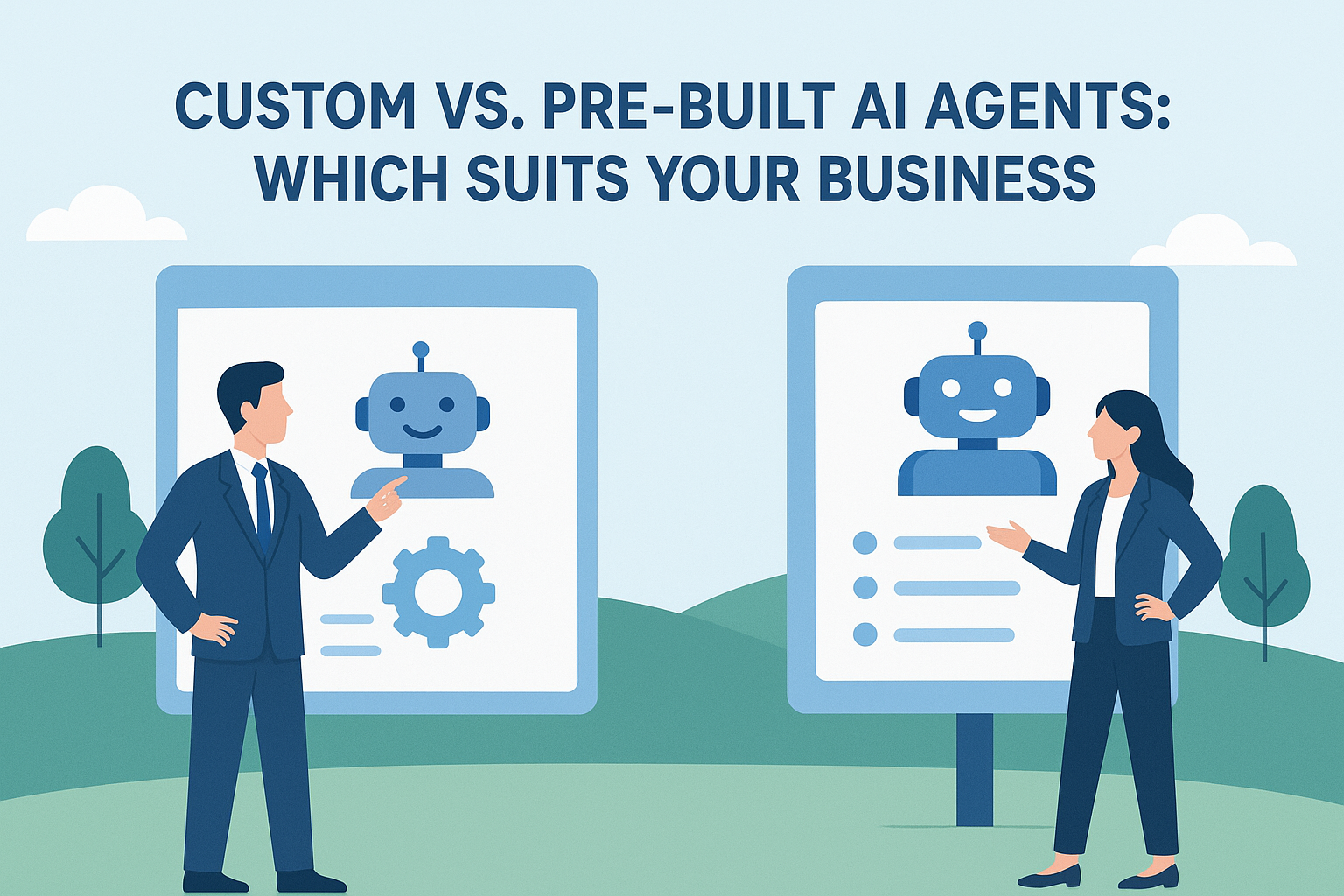
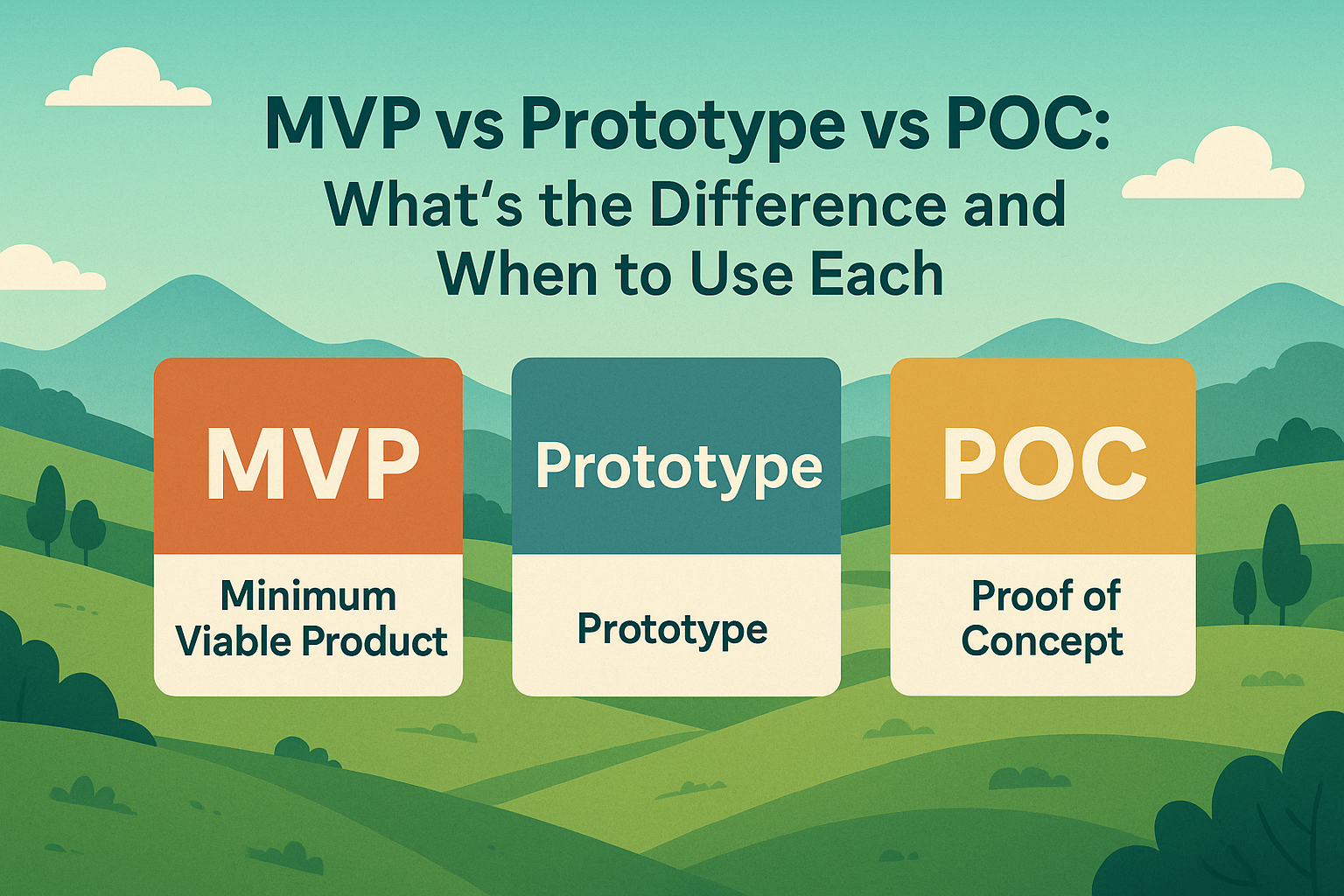
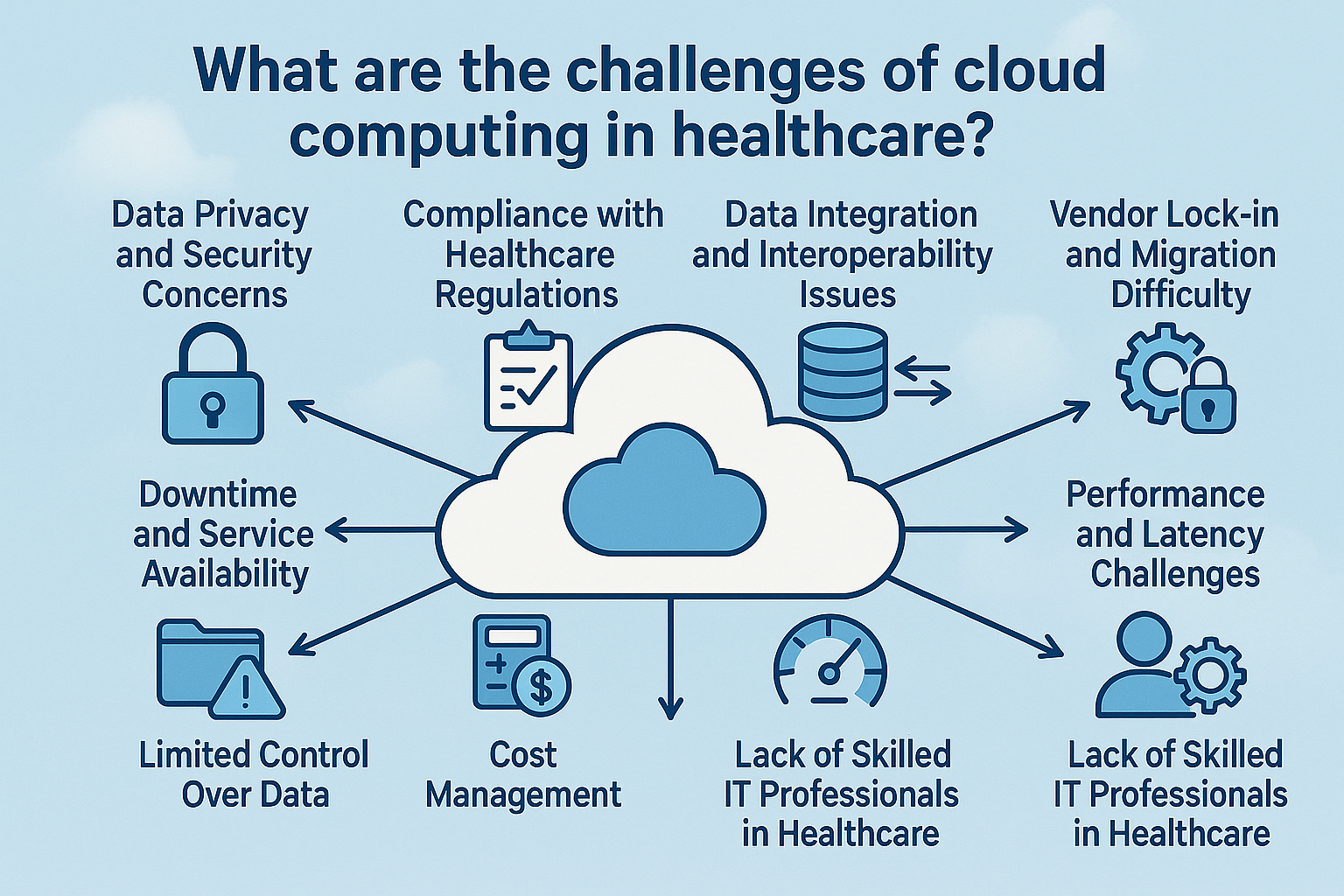
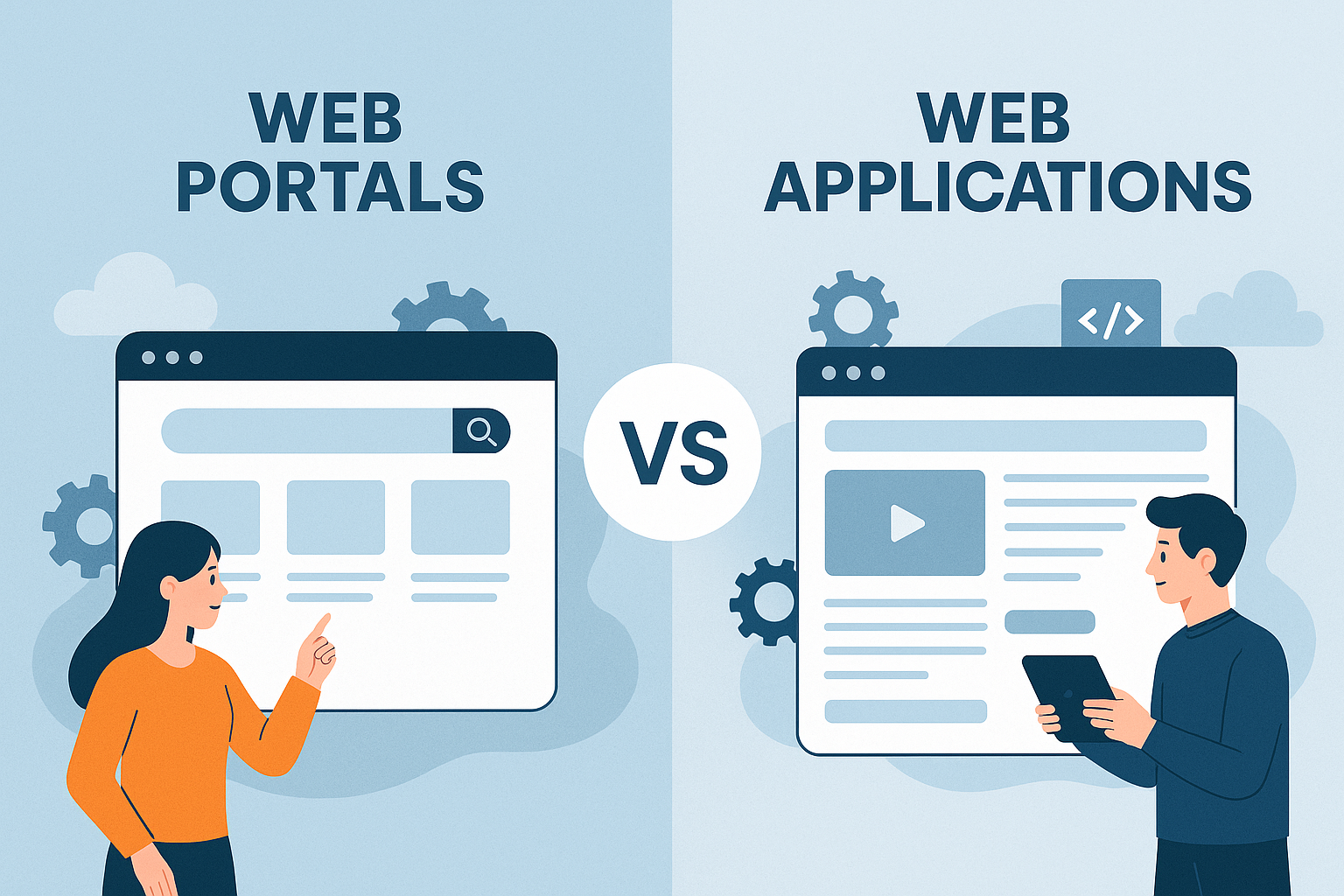


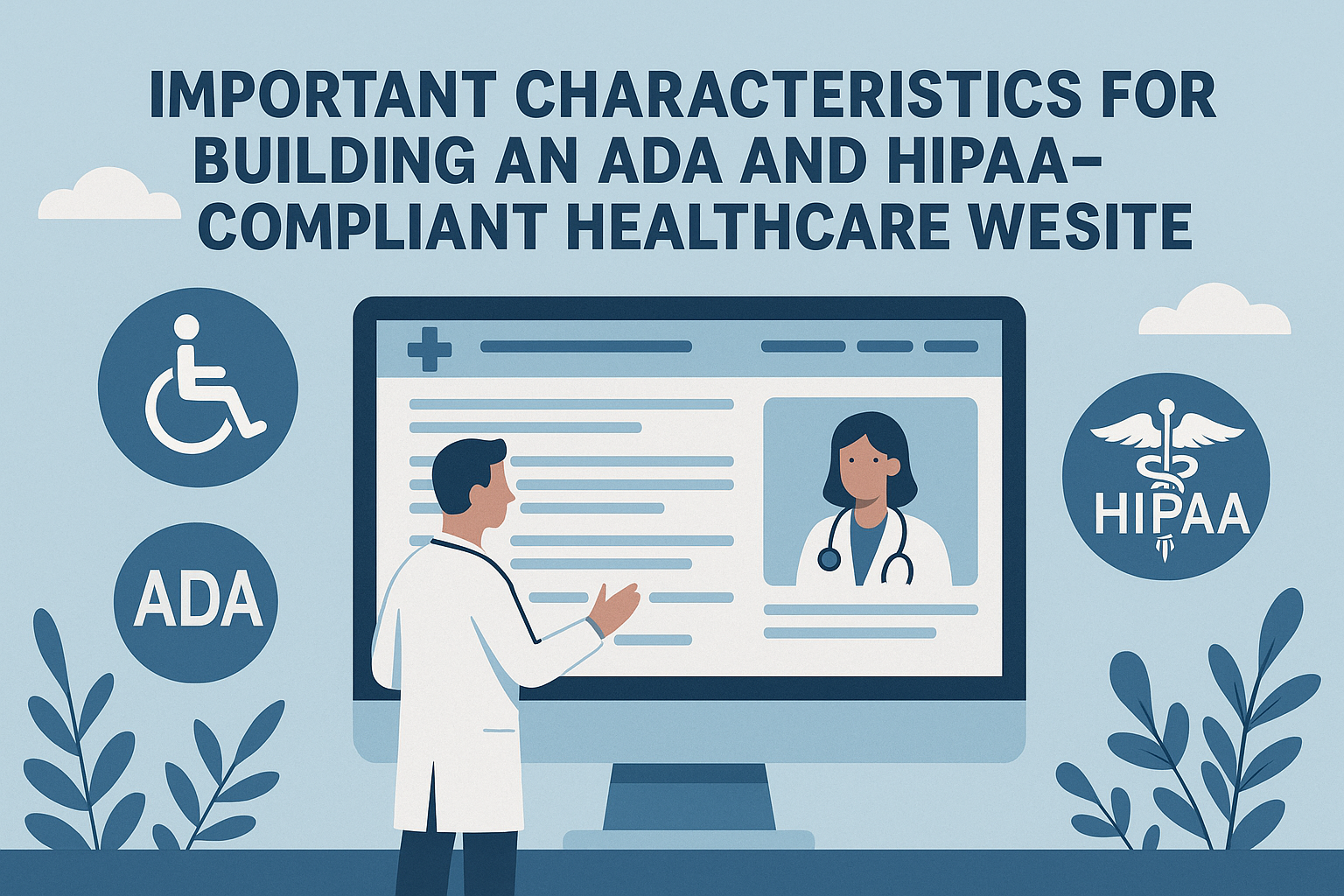
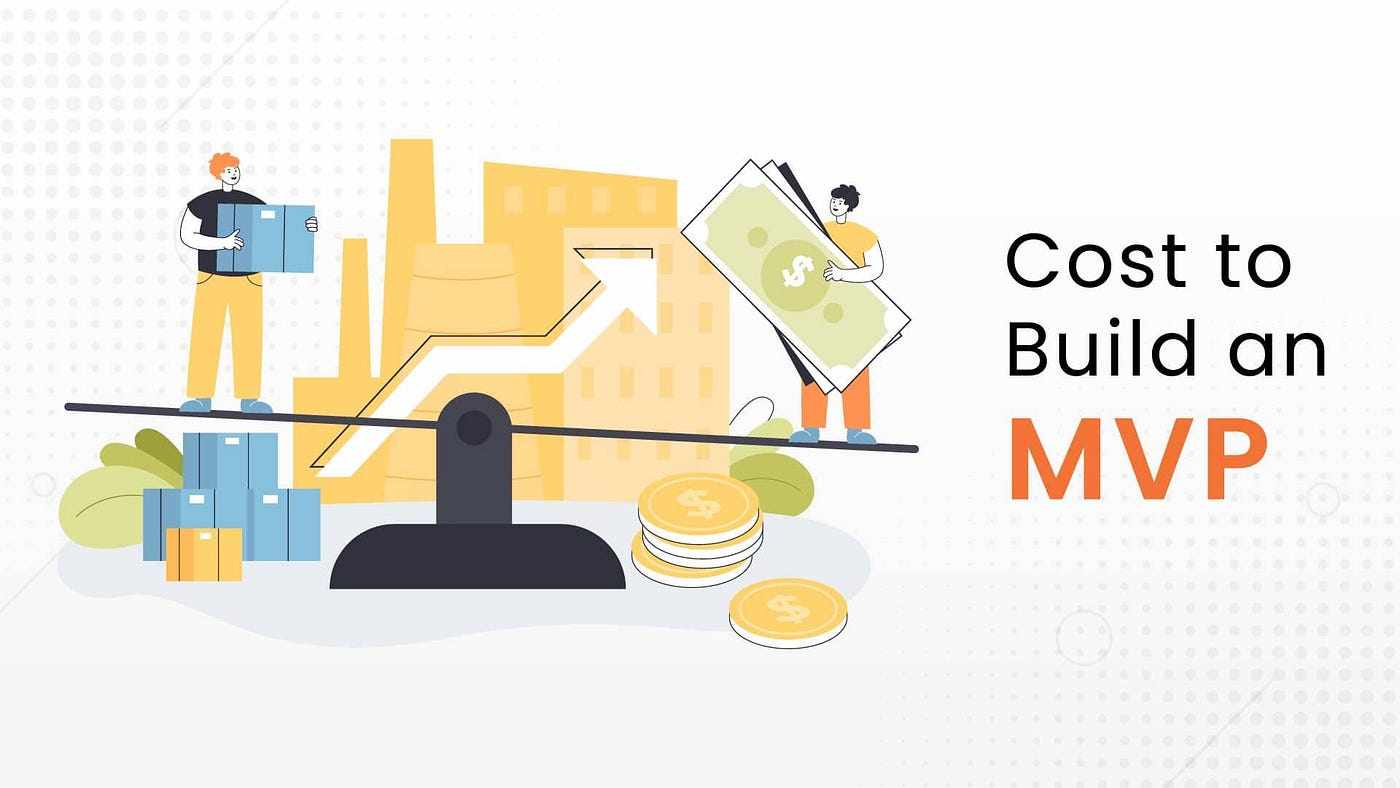
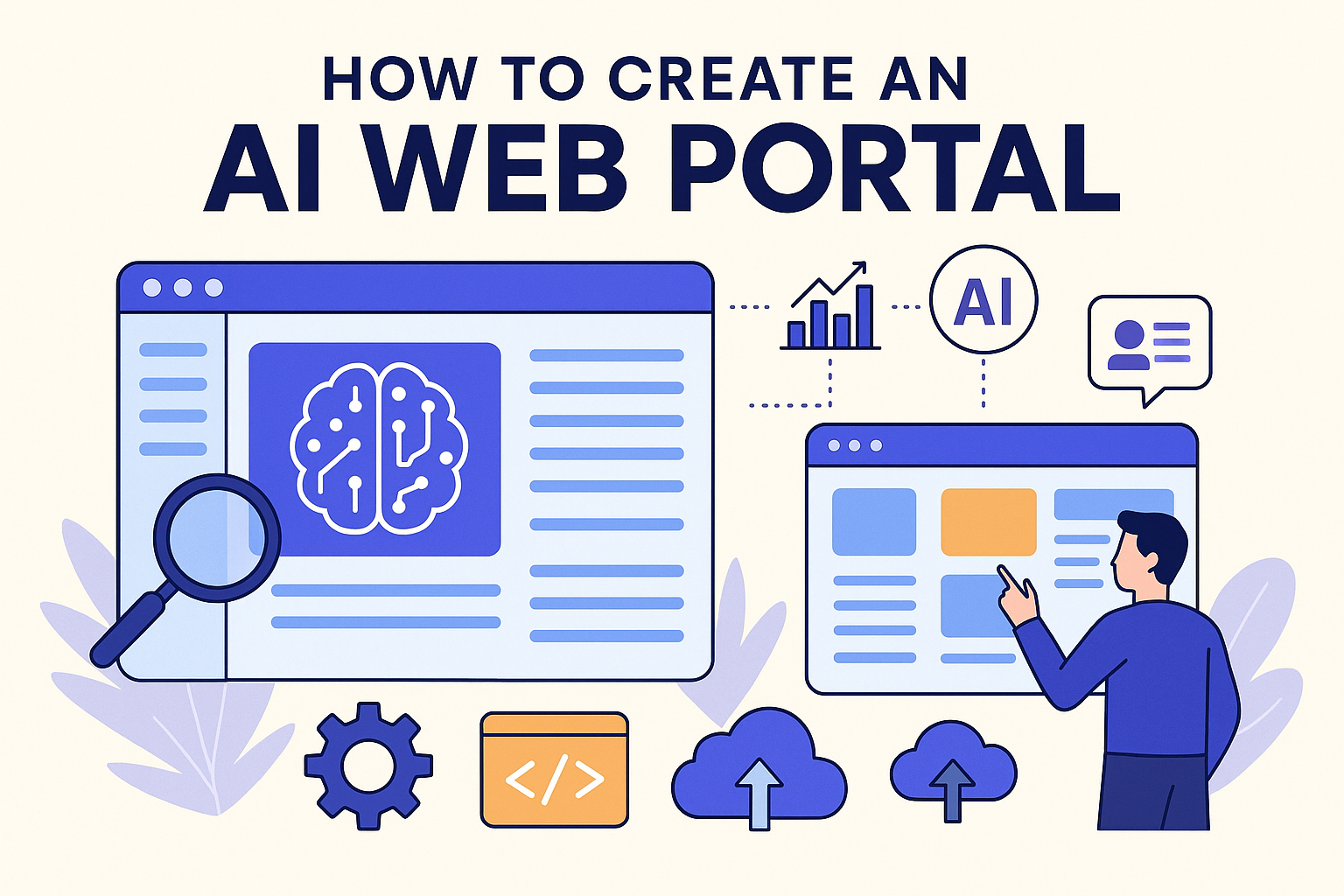
Write a comment ...